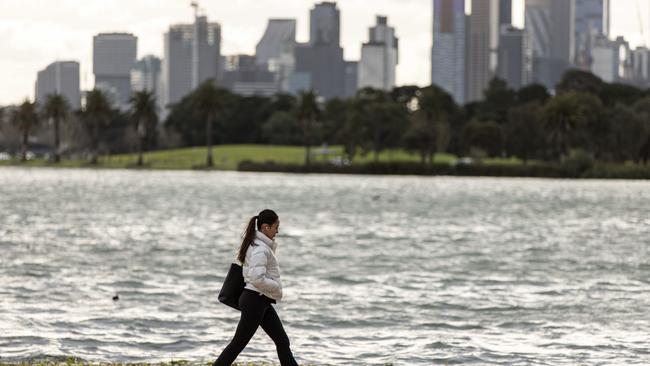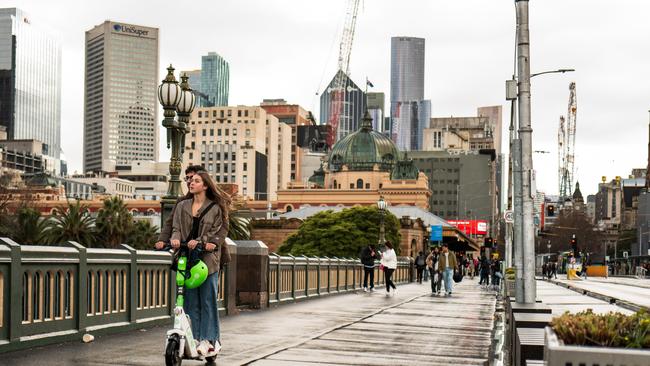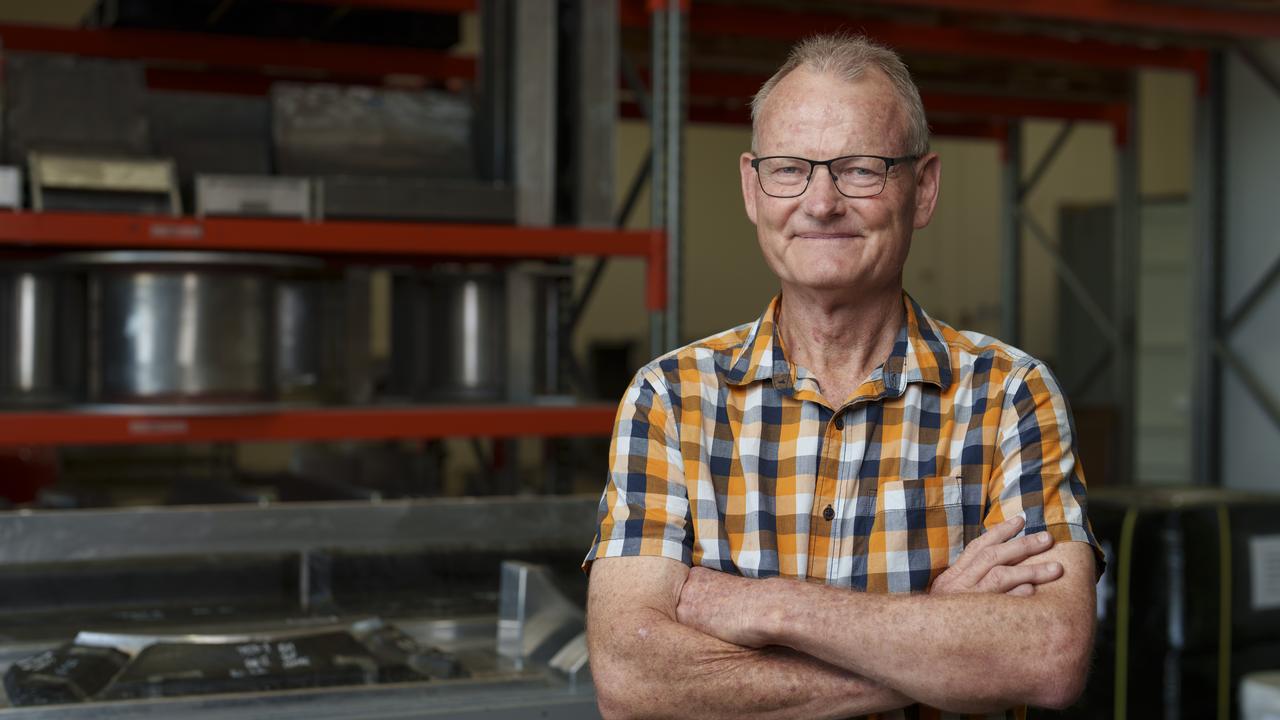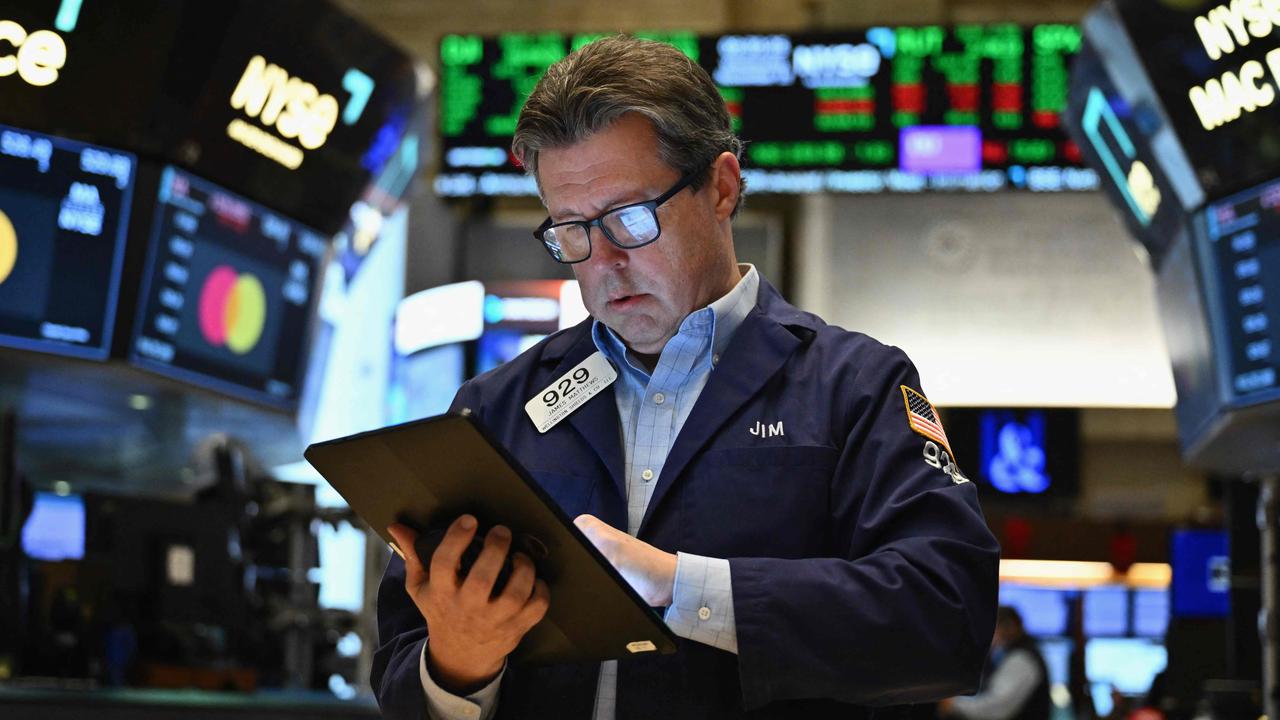Brisbane is fast taking over from Melbourne as Australia’s second-strongest city
Queensland is setting itself up as a serious contender as Australia’s second-strongest economic state, and there are expectations the Sunshine State will leapfrog Victoria.

QBW
Don't miss out on the headlines from QBW. Followed categories will be added to My News.
The Sydney-Melbourne rivalry has been a major part of the Australian psyche for decades.
But Melbourne’s once unassailable position in the top two is under threat as Brisbane’s strong economic momentum sparks expectations it will soon gatecrash the exclusive party.
Colliers Queensland chief executive Simon Beirne said Brisbane’s median house prices and office rents now exceeded Melbourne’s and according to CommSec’s latest State of the State Report, the Sunshine State recorded the fastest annual economic growth rate nationwide, at 4.1 per cent.
“All signs are pointing to Queensland as a formidable contender to become Australia’s second-largest economic state, especially as we gear up to host the Brisbane 2032 Olympic and Paralympic Games,” Mr Beirne said.
“Queensland is not just on the cusp of growth, we’ve already evolved into a powerhouse of economic activity and opportunity, and with the Games fast approaching, all signs are pointing towards Brisbane.
“We are seeing strong feedback from investors across all property sectors that Brisbane’s strong growth is making it a more attractive investment option than other states.”

According to Colliers’ latest research, Brisbane CBD prime and secondary office face rents were $811 per square metre, and $606 per square metre, respectively, compared to Melbourne’s $775 per square metre and $549 per square metre.
While Queensland’s annual population growth was 2.62 per cent, marginally less than Victoria’s 2.78 per cent, the Sunshine State had Australia’s fastest employment growth of 4.6 per cent, exceeding Victoria’s 3 per cent.
According to CoreLogic, in an environment of low supply, Brisbane median houses prices had skyrocketed up to 20 per cent on the previous year. Since the start of the Covid-19 pandemic, Brisbane prices had increased by 59.8 per cent compared to 11.2 per cent in Melbourne.
A recent survey found median house prices in Brisbane stood at $840,000 compared to Melbourne’s $803,000. However, it’s not all bad news for Melbourne.
The latest Economist Intelligence Unit’s Global Liveability Index 2024, ranks Melbourne fourth in its list of the 20 Best Cities To Live in the World, while Brisbane, which consistently lags behind, was ranked 16th, behind Sydney, Adelaide and Perth.
Regardless of the swings and roundabouts, Melbourne and Victoria appears to have taken the pedal off the metal of late, which Consolidated Properties Group chief executive Don O’Rorke believed was largely due to the Covid-19 pandemic.
“Before Covid, there was a lot of reports about Melbourne overtaking Sydney in population and GDP and all sorts of things,” Mr O’Rorke said.
“But because of the harsh impacts of Covid-19 that has started to diminish, and I think the icing on the cake was the Victorian government handing back the Commonwealth Games.
“Compare that to Queensland which has the complete opposite – a pretty light touch on Covid and winning the Olympics. This is an intangible measure, but Victoria’s confidence has been dented and I think it’s on the back foot now.
“Talking to investors, Victoria is such a high taxed state which is a huge disincentive to invest there.”

That may explain why Victorians are leaving the state.
Colliers Queensland researcher Pragya Sharma said Queensland’s rate of overseas migration was at its highest, while last year it welcomed 31,000 interstate migrants, a large proportion of them Victorians.
“Queensland has the strongest employment growth nationwide, which is fostering business growth and job creation,” Mr Sharma said.
“Over the last decade, Queensland has been investing significantly more in transport infrastructure, laying the groundwork for economic growth and this investment will continue, especially with the infrastructure required in the lead-up to the Brisbane 2032 Olympic and Paralympic Games.
“Enhanced connectivity through improved roads, railways, and other projects makes Queensland increasingly attractive to businesses and residents alike.
“This infrastructure development, paired with Queensland’s strong financial health, sets the stage for a prosperous future, with Queensland’s net debt ratio forecast to be around 57 per cent in 2026–27, compared to NSW at 97 per cent and Victoria at 171 per cent.”
Colliers Queensland Industrial national director David Brisk said there had been a noticeable increase in activity in Brisbane from interstate buyers and occupiers due to the returns and strong market principles.
“While Sydney is still viewed as the most in-demand market, institutions have a laser focus on Brisbane, with affordability, precinct amenity and infrastructure investment fuelling the occupier market,” Mr Brisk said.
“In a clear sign of the shifting sentiment, Colliers have $350m of industrial property across three separate transactions under contract in Brisbane.
“With the Brisbane 2032 Olympic and Paralympic Games approaching, offshore groups and new entrants are set to place themselves in Queensland heading into the second half of 2024 and beyond.”

Where there is industrial activity, there is retail activity, and spending in Queensland outperformed all other states in the 2024 year to date, with retail sales growing 2.4 per cent for the period of January to May 2024, compared to the year prior.
Colliers Queensland capital markets associate director Sam Arkell said there was an increase in the weight of capital viewing Brisbane as a desirable investment destination.
“The Brisbane CBD office sales volume for the first half of 2024 has already reached $670,700,000, a 31 per cent increase on the full 2023 year which sat at $511,500,000, showing optimism is returning to the Brisbane market,” Mr Arkell said.
“This is being fuelled by favourable occupier fundamentals that continue to outperform other major Australian markets.
“Over the last decade, the Brisbane CBD office market experienced significant capital injections exceeding $16bn, with an additional $10bn invested in the city fringe.
“The Brisbane CBD office market appeal lies in its attractive yields, strong occupier markets with the strongest rental growth seen since the 2000s, and Brisbane’s relative value compared to other eastern seaboard markets, making it an enticing prospect for ongoing investment.”
Queensland has the strongest employment growth nationwide, which is fostering business growth and job creation






